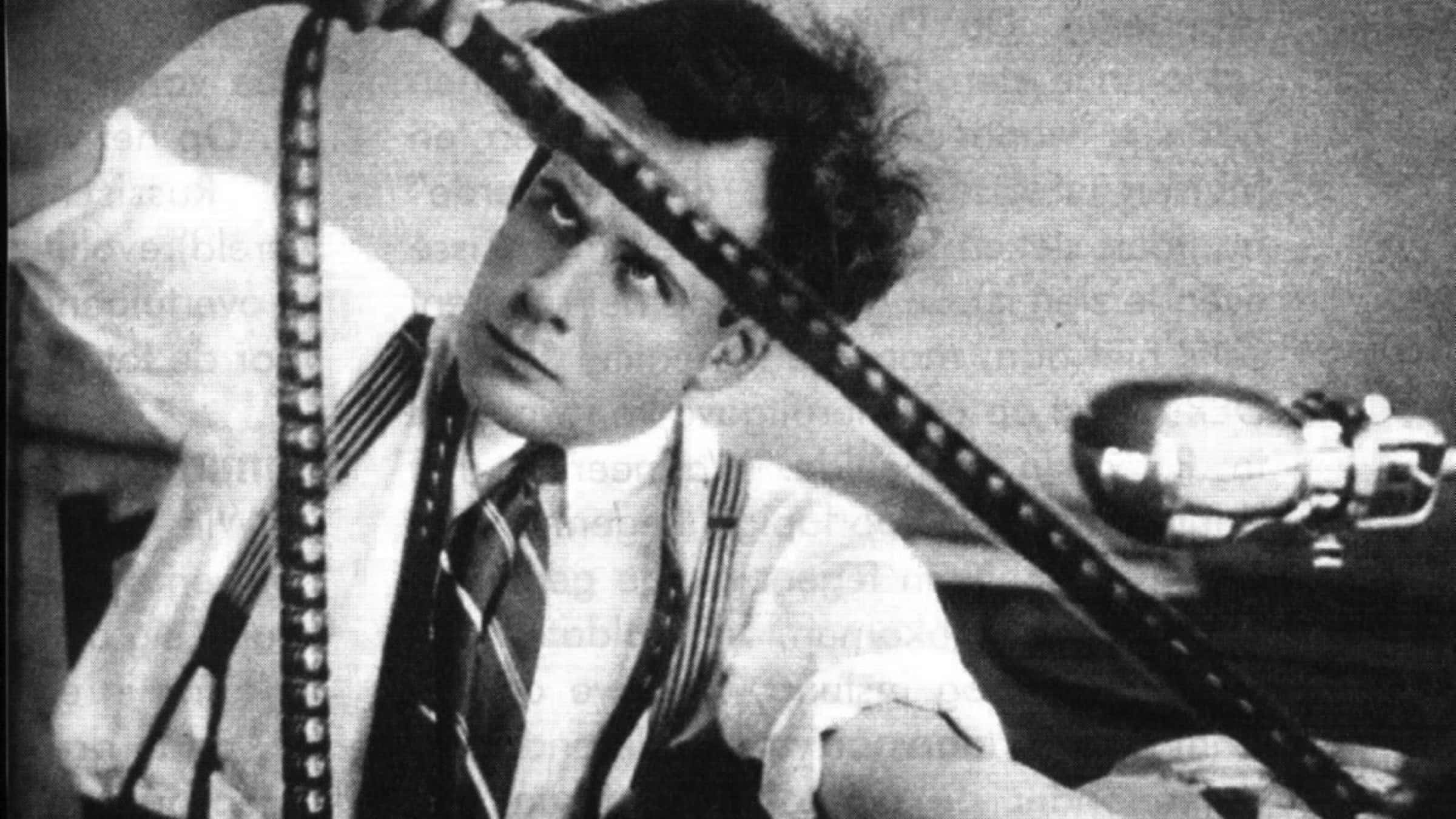Sergei Eisenstein

Sergei Eisenstein was a Soviet film director and film theorist, a pioneer in the theory and practice of montage. He is noted in particular for his silent films Strike (1925), Battleship Potemkin (1925) and October (1928), as well as the historical epics Alexander Nevsky (1938) and Ivan the Terrible (1944, 1958). Eisenstein remains best known for the silent montage films the fact that the film was released during the Cold War. It was Sergei Eisenstein who first developed the “intellectual montage.” Montages enable filmmakers to communicate a large amount of information to an audience over a shorter span of time by juxtaposing different shots, compressing time through editing, or intertwining multiple storylines of a narrative. The word “montage” derives from French — meaning “assembly” or “editing.”Eisenstein's film Battleship Potemkin was a propaganda piece that perfectly captured the idea of intellectual montage.According to prominent Soviet director Sergei Eisenstein, there are five different types within Soviet Montage Theory: Metric, Rhythmic, Tonal, Overtonal and Intellectual. The movement is widely known for changing the landscape of film editing around the world. | |

Comments
Post a Comment